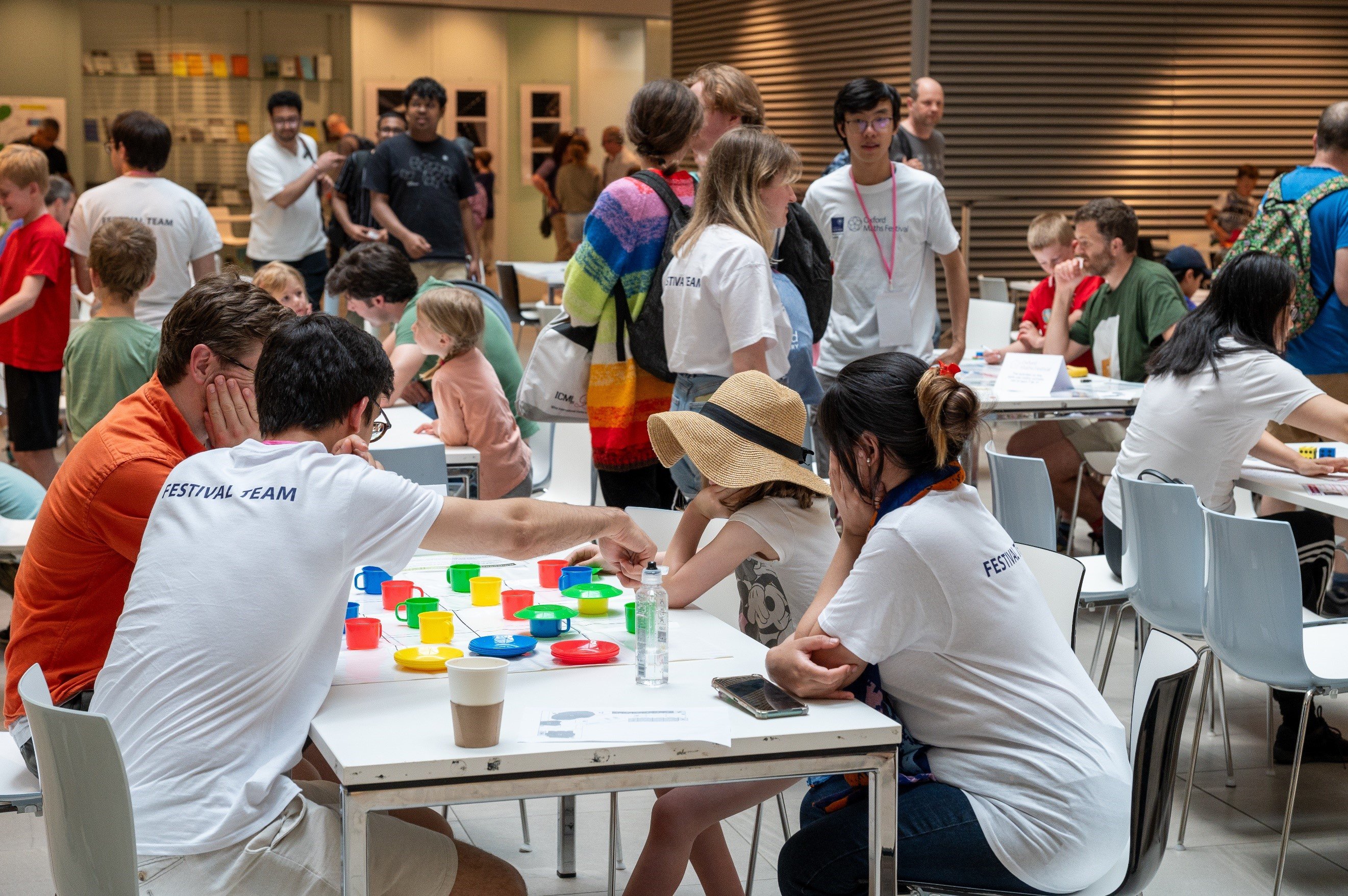Part B and C students, the AI-Finance team at GSK is hiring a summer intern! It will involve handling challenging real industry data to gain insights about pharmaceutical assets. There will be an opportunity to extend the internship to a permanent role, if you are a good fit for the team.
More information can be found on LinkedIn here.
 The University of Birmingham are accepting applications for two 1-year postgraduate masters courses in Nuclear Education.
The University of Birmingham are accepting applications for two 1-year postgraduate masters courses in Nuclear Education.
 Have a department-related question? The Department has a student hotline: @email.
Have a department-related question? The Department has a student hotline: @email.
Trojan Records, founded by Jamaican Duke Reid and based in North-West London, was instrumental in bringing Jamaican music, initially rocksteady (as in this song) and then reggae, to a European audience, paving the way for the likes of Bob Marley. This track was later covered brilliantly by Blondie and also Atomic Kitten amongst others.


 OxbridgeX is looking for Oxford students and graduates to join their team of tutors. Grammar school experience is a plus.
OxbridgeX is looking for Oxford students and graduates to join their team of tutors. Grammar school experience is a plus. Final reminder that today, 14th March, is the deadline to sign up to volunteer at the Oxford Maths Festival (10th-11th May).
Final reminder that today, 14th March, is the deadline to sign up to volunteer at the Oxford Maths Festival (10th-11th May). As exam season approaches, we want to remind you of the wellbeing resources available for students.
As exam season approaches, we want to remind you of the wellbeing resources available for students.